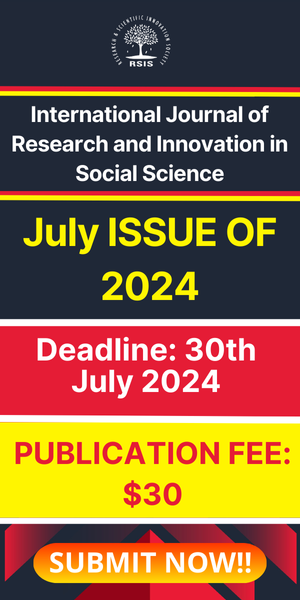Compare The Effects of Low-Level Laser and Ultrasonic Therapy in Subjects with Jumper’s Knee
- February 2, 2018
- Posted by: RSIS
- Categories: Health Sciences, Physiotherapy
International Journal of Research and Scientific Innovation (IJRSI) | Volume V, Issue I, January 2018 | ISSN 2321–2705
Compare The Effects of Low-Level Laser and Ultrasonic Therapy in Subjects with Jumper’s Knee
N.Ashok, S.Raghul, Prof. V.P.R. Sivakumar
SRM College of Physiotherapy, SRM Institute of Science and Technology, Kattankulathur, Chennai 603202, India
Abstract
Background: There are many treatments given for Patellar tendinitis or Jumper’s knee which includes Anti-inflammatory Drugs, Massage, Eccentric training However, studies involving Low Level Laser Therapy for management of Patellar tendinitis or Jumper’s knee are limited to this date .
Objective: To find out compare the effects of low level laser and ultrasonic therapy in subjects with jumper’s knee.
Study design: Quasi experimental study design.
Subjects: 8 subjects with LASER with eccentric exercise, Ultrasound with eccentric exercise age group 19-30 years of both male and female.
Intervention: 4 subjects in the Group A received LASER and Eccentric exercise with pre and post-test and 4 subjects in Group B received Ultrasound with pre and post-test.
Outcome measure: Visual Analogue Scale(VAS) and Victorian Institute of Sports Association for Patellar tendinopathy.
Results: Statistical analysis was done by using Paired‘t’ which showed significant improvement in both group.
Conclusion: Low level laser therapy has significant result in the reduction of pain and functional activity in patellar tendinitis.
Keywords: Low Level Laser, Eccentric exercise.
I. INTRODUCTION
Patellar tendinopathy or Jumper’s Knee is an overuse injury of the patellar tendon and most prevalent in sports involving some form of Jumping, such as Volleyball, Basketball, Soccer, and Athletics. Patellar tendinopathy is distinguished by activity-related anterior knee pain, focal patellar tendon tenderness and intratendinous imaging changes. It has historically been referred to as ‘jumper’s knee’ or ‘patellar tendinitis’ as its prevalence is high in individuals participating in jumping sports and the underlying pathology was thought to involve inflammation.
However, the condition is found in many who do not partake in jumping sports and histopathological studies have consistently shown the underlying pathology to be degenerative (tendinosis) rather than inflammatory (tendinitis).


